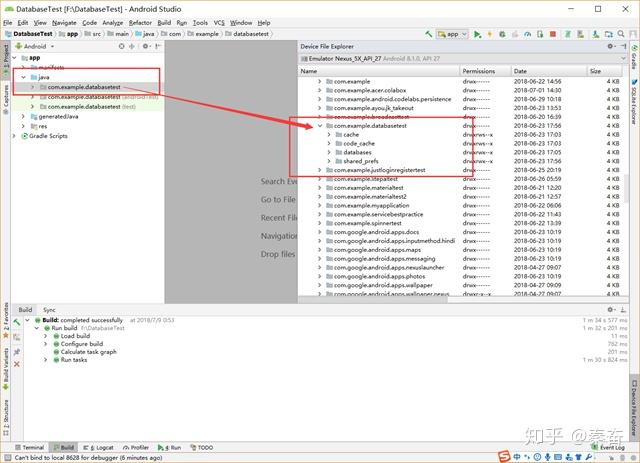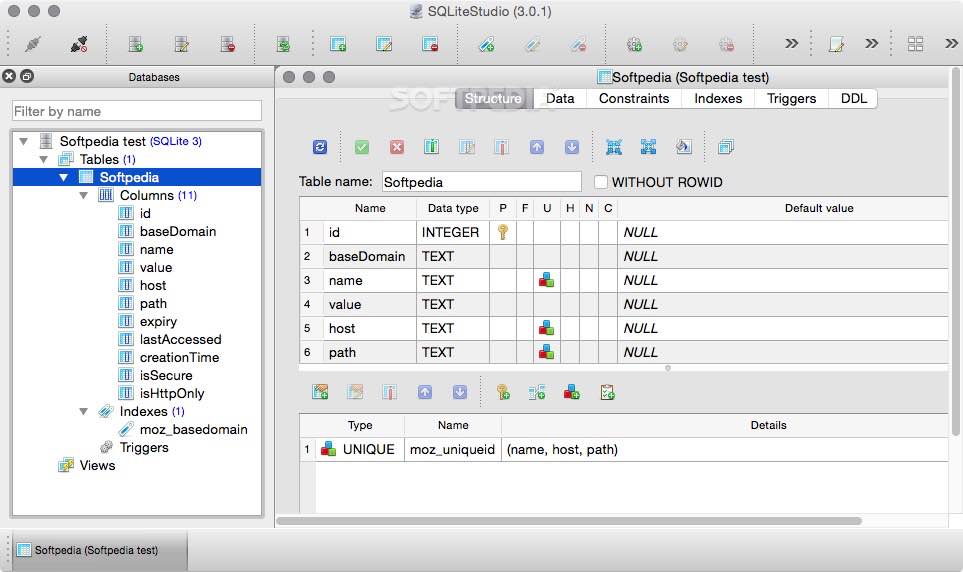

- #Create a view in sqlitestudio how to
- #Create a view in sqlitestudio install
- #Create a view in sqlitestudio update
#Create a view in sqlitestudio update
In simple words, we can say that view is a way to pack SQLite query statements into one named object and whenever we request view it will update data based on SQLite query statements. In SQLite views will not store the data like tables in memory it will store only SQLite query statements in memory that means it will store only the definition into memory. The SQLite views like read-only tables that means it won’t allow to perform any operations like INSERT, UPDATE, and DELETE on views.

Generally, in SQLite views will return rows and columns same as a normal table but those are the result set of joining multiple SQLite statements. In SQLite view is nothing but a virtual table which is created by SQLite statements by joining one or more tables.
#Create a view in sqlitestudio how to
Please don't forget to click on the "Close" button at the bottom to add your database file instead of clicking on the red X button at the top-right.Here we will learn what are the views in SQLite, how to create views IF NOT EXISTS in SQLite, and how to delete/drop views IF EXISTS in SQLite with examples. mdb (under All files (*.*) in the File Explorer) Just to complete this answer, you'll want to add the SQLite connection.įinally, go find your SQLite database file under these formats: Now you can find this extension in two locations within SSMS as shown below. Finally, copy the files into the new directory created in step 2. vsix contents into a temporary folder the archiver can extract to. NOTE: If you get an "access is denied" error when extracting the contents, then extract the. Extract the contents into the directory created in step 2.Open it in your favorite archiver (7Zip, WinRAR, etc.).Create a new directory named "SqlCeToolbox".Open %PROGRAMFILES(X86)%\Microsoft SQL Server Management Studio 18\Common7\IDE\Extensions in "File Explorer".
#Create a view in sqlitestudio install
You can install this onto your VS if you so desire, but we're here for SSMS. You first need to download the NEW SQLite and SQL Server Compact Toolbox from ErikEJ which works with VS 2017 & 2019, which the newer SSMS is built on. Taking the instuctions from maplemale's answer and Daniel Henry's comment, I've put together a 2021 guide (SSMS 18.8 as of writing) on how to achieve such a task. A lot of applications use SQLite internally: Well-Known Users Of SQLite Perhaps there's a better way to do this.Įdit: The table columns and layouts are different so using the combo of and will not work here. Finally, we compare the two files to see if there are any differences. then take the output from each in the same format and put them each in their own OpenOffice spreadsheet file.

one for sql server database and one for sqlite database. Is there a plug-in for microsoft sql management studio? Or maybe there is another way to do this same task using only one query.

Is there a way to open the SQLite database file so that it can be compared to the data inside the SQL Server database. Right now we have a process that will grab the data from a Microsoft SQL Server database and put it into a SQLite database file that will be used by an application later on. db file (SQLite database file) from within Microsoft SQL Server Management Studio?


 0 kommentar(er)
0 kommentar(er)
